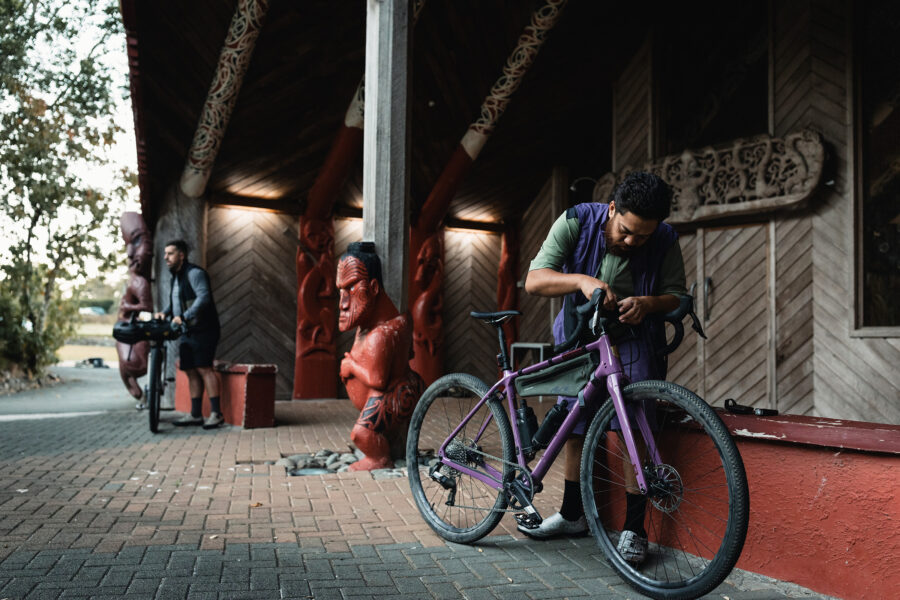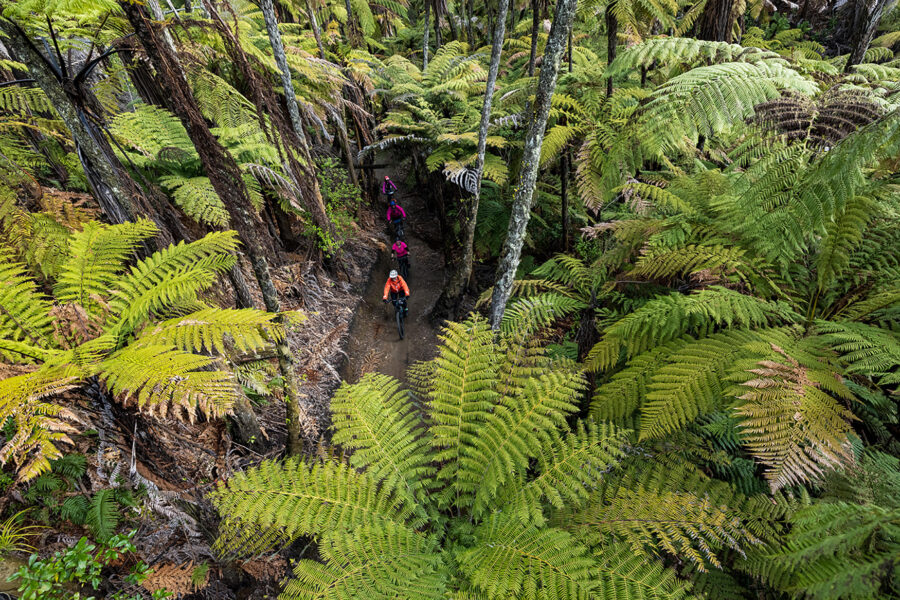Wonder Wall
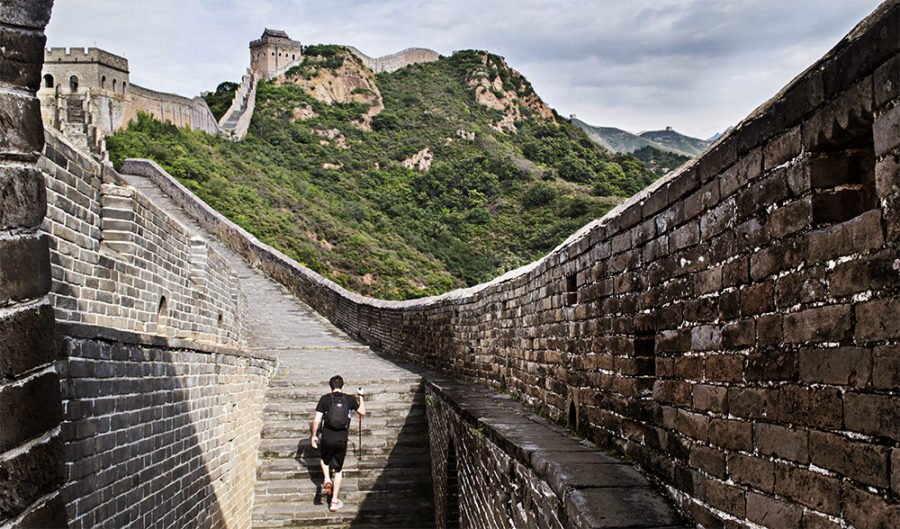
“Like an orb!” our guide, David, translated, as he formed a perfect imaginary sphere with his hands. We moulded, at best, a warped football. If you ever wanted to define “tourist”, start with a pair of over-confident Aussie tai chi students in the forecourt of Beijing’s Temple of Heaven, pulling off the white-crane movement with all the grace of a roughed up seagull. Our Yin was off, our Yang was a mess, but somehow, amid the aloof hands, intense concentration and botched attempts at mimicking the elegance of our tai chi masters, the exercise was meditative, the perfect precursor to the hiking ahead. What awaited us was a two-day stint exploring the Jinshanling and Gubeikou sections of the Great Wall with our China Highlights guides.
China is a site of magnificent paradox. Yin and Yang permeate every facet of the country. Ultra-modern Beijing skyscrapers, train lines and busy highways are balanced by glassy lakes, abandoned grottoes and untouched mountain ranges that beg for exploration. But the ultimate fusion of man-made and natural wonder is the Great Wall, a 6000km defensive barrier of vast stones that streams through the northern Chinese mountains and placid, green valleys.
Before you baulk at the thought of visiting one of the world’s most popular tourist hotspots, remember its length. Other than the popular Badaling and Mutianyu sections closest to Beijing, the Wall is mostly deserted. Jinshanling, two and a half hours from Beijing, offers seclusion in a densely populated country.
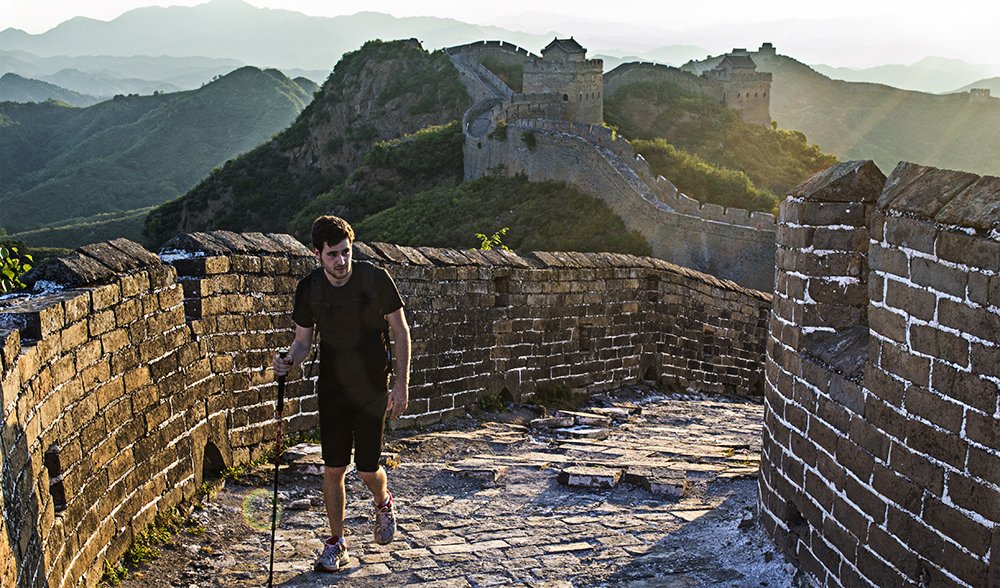
Towers of strength
We first saw the Wall from a distance during a hike at Badaling National Forest Park, only an hour from Beijing, a pit stop on our way to our base in Jinshanling. As we stared in disbelief, the Wall seemed to us as much a part of the mountains it rode as any peak or maple tree. Seeing it crawling with tourists had us craving the promised solitude of Jinshanling.
On day one, we set out from our village base at the foot of the Wall in Jinshanling, in the direction of Simatai. We’d be back that night, as about half of the section is closed for renovations. It ends a few hundred metres short of the highest peak, Wangjing, in the Yanshan mountains.
The 14km walk from Jinshanling towards Simatai and back features an expanse of partially restored, sharp stone inclines, and is as stunning as it is demanding. “Jin-Shan-Ling” (“gold mountain ridge”) captures the grandeur of the mammoth structure. Here, the Wall snakes through a scene of greens and oranges, conquering the landscape but not spoiling it.
I’m told that while experiencing the Wall in spring has its perks, autumn is best. We arrived at the crossroads of summer and autumn, as the humidity was evaporating and the jade foliage turning a mottled yellow, and our guides assured us we had found the ideal seasonal Yin and Yang.
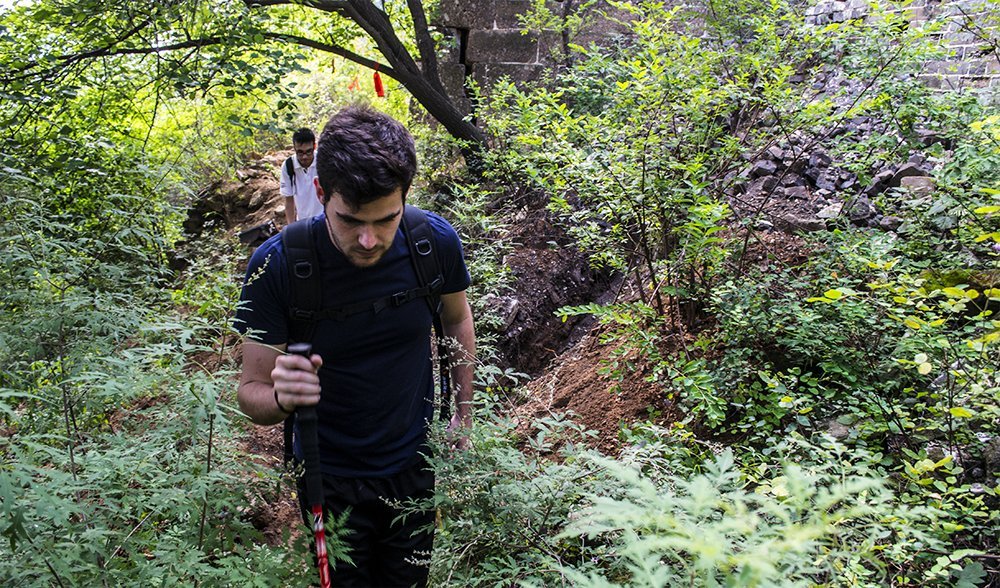
At sunrise on day one, amber lights illuminated a sea of fog between peaks, each with its own watchtower. The Jinshanling section boasts about 70 of these watchtowers, spaced about 100m apart. Most are in remarkable condition for their age or have been restored to their former glory. Trekkers should expect a five-hour return trip, but allow another two hours for curiosity stops. Keen explorers will uncover steep, hidden staircases leading to eroded rooftops and panoramic views of the Yanshan Mountains.
Despite the eerie emptiness (we passed only six other trekkers), every few kilometres we came across locals who relied on poorly supplied hikers to make a living. An athletic 74-year-old Wall resident appeared, Gollum-like, from a watchtower window, armed with overpriced water, snacks and beer. Who could resist cracking open a can of Yanjing on the Great Wall of China?
Beers in hand, we took a breather. Wangjing Tower, the 1000m-high crest of the off-limits Simatai section, loomed ominously in the distance. If a local tries to woo you into following them to the banned tower for a fee, decline. While reachable on foot via a detour through the mountains, the section is particularly unstable. If that only fuels your adventurous thirst, perhaps the high security in this area will persuade you otherwise.
The walk back to our village base was spectacular. There’s no better time to see Jinshanling than during a glowing autumn sunset. At dusk, gilded treetops splintered from the slopes, transforming the landscape. The few morning hikers and locals on afternoon walks had left, so we had the Wall to ourselves. Nasal cooees bounced around the empty Yanshan Mountains while our guide winced with every screech. It was a fast, mostly downhill trip and we arrived back at base in less than two hours, just in time for Mongolian beef and more Yanjing.

Crumbling beauty
On day two, we tackled the Jinshanling-to-Gubeikou stretch of the Wall, which takes about five to six hours. This 12km stretch has a 1500-year history and once withstood a Japanese attack; today, this unrestored section has been conquered partially by nature. Grass and weeds fuse with the granite pathways, giving trekkers a difficult but wonderfully deserted walk.
Foreigners rarely trek the 12km because it meets a restricted military zone. It was unclear to us where it began, or “where the weapons might be”, as our guide joked, as he led us off to explore the cornfields and remnants of battle in the valley.
It is marked, but this thick, wild part is best tackled with a guide, who, if anything like ours, will stroll along, effortlessly following the barely remaining pathway while you struggle to keep up. Our guide told us he does this journey twice a day.
The ground here is deceptively unstable. While the stones in Gubeikou have been in place for more than 400 years, Ming dynasty additions to the original 6th-century build mean the Wall is stocked with loose rocks and gravel. Cockiness has no place on the Great Wall. I learnt this after taking a tumble on an ancient step towards the tail-end of the trek to Gubeikou, the one common spot for weekend visitors in this section. Balance was restored with the aid of a pair of schoolgirls with pigtails and Astroboy backpacks. You mightn’t be so lucky.

Great wall of contrasts
The beauty of Jinshanling is that in the extensively restored easterly hike to Simatai, trekkers witness the Wall as it was – a glorious architectural statement of national prosperity. The westerly Gubeikou route offers a different adventure – here the elements have weathered and humbled the ancient wall. This section is the real deal. Few people experience this contrast, as Badaling’s geographical convenience lures the masses. The walk to Gubeikou is for those seeking a more intimate and authentic encounter with the Great Wall and ancient China.
On our return to Beijing, we were faced with a sobering adjustment back to metropolitan life. Rush hour choked highways and train stations unleashed a mass exodus of working citizens while the glow of neon signs coated skyscrapers. Two words from David eased our transition: “Peking duck?”
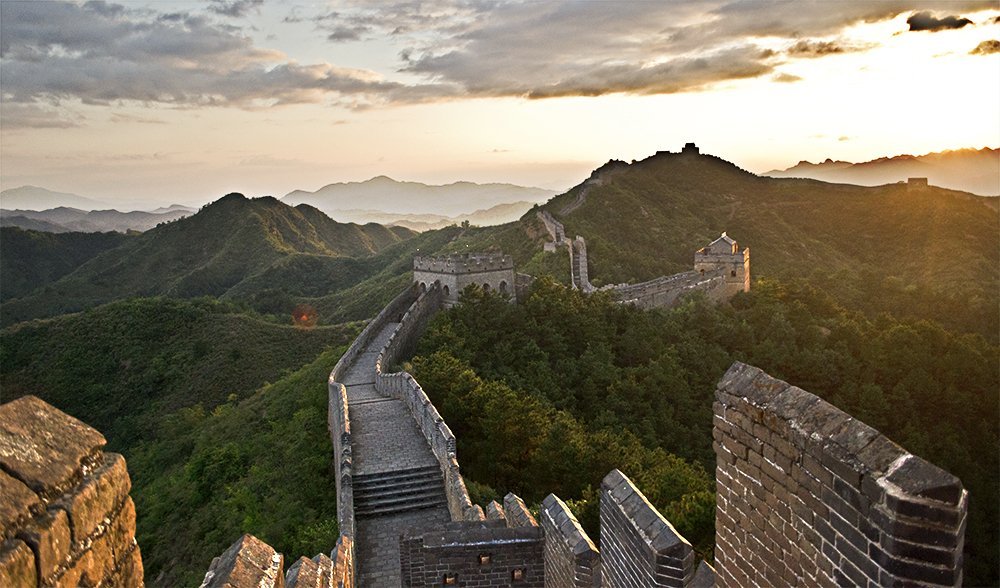
The essentials
The adventure: China Highlights offer 1-5 day guided hiking tours of the Great Wall as well as customisable tours (bundling hotels, day trips and multi-day tours) to cover your entire stay in China.
Getting to China: China Southern and Qantas fly to Beijing from most Australian capital cities.
Getting to Jinshanling: Jinshanling is 2.5-3 hours from Beijing. Buses and taxis can get you there, but finding transport from Jinshanling can be difficult if not prearranged. Prebook tours and/or transportation, and avoid “private” taxis.
Accomodation: Jinshan Hotel, located outside the entrance gates to Jinshanling is your best option, however it’s doubtful they’ll have English-speaking staff.
86-10-8402-4628
More info: www.chinahighlights.com
This article was originally published in the Mar-Apr 2013 edition of Australian Geographic Outdoor.
